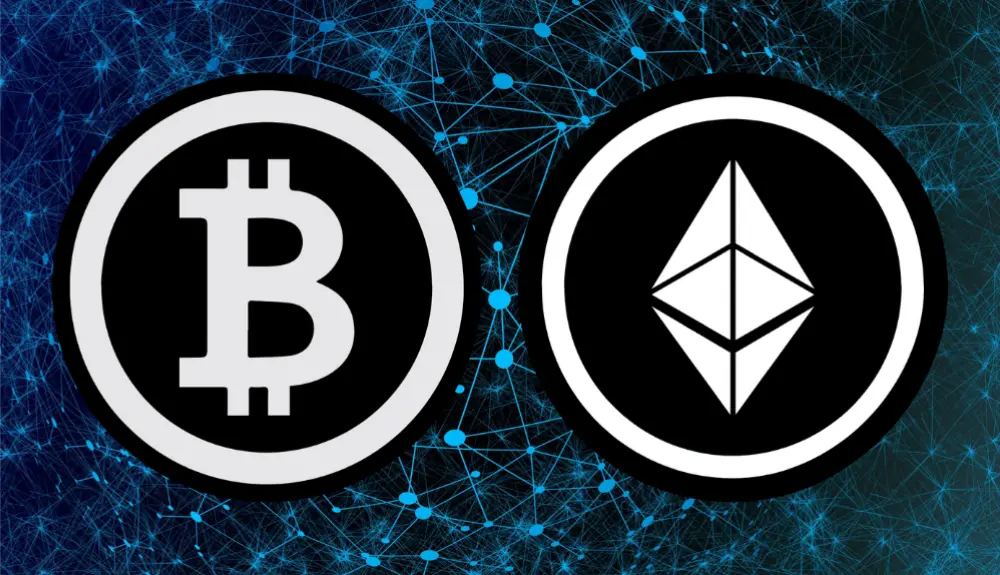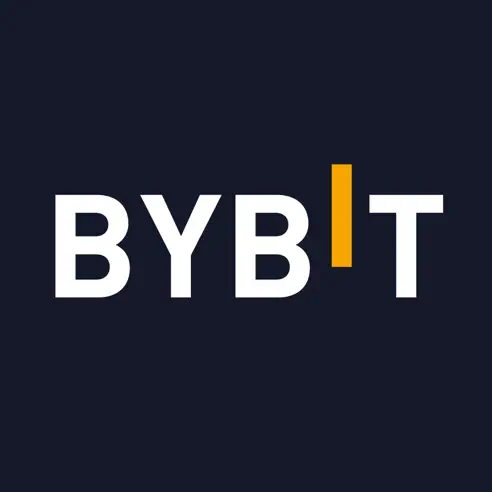S
tarting from the bottom, now we’re here. Since the inception of Layer 1 blockchains such as Bitcoin (BTC) and Ethereum (ETH), we have seen a steep and steady rise in users. In fact, too steep that it has caused these networks to become congested which causes nothing less than expensive and slow transactions. Are Layer 2 networks the superior scaling solution for leading networks Bitcoin and Ethereum?
In this article, we will take a dive into what Layer 2 networks are, how they work and why we need them. For those who would like to further understand Layer 1 Blockchains, then feel free to check out this article!
What Is a Layer 2 Network?
A Layer 2 is a network or secondary foundation that is built on top of Layer 1 blockchains such as Bitcoin (BTC) or Ethereum (ETH) for example. The primary mission of Layer 2 networks is to scale the Layer 1 blockchain of which it’s built upon to its ultimate peak performance. Layer 2 networks enable faster and cheaper transactions, all without risking the decentralisation or most importantly the security of the Layer 1 network that it is built on.
We are all aware that both the Ethereum and Bitcoin networks can be slow, expensive and very congested. Because of this, many competing Layer 1 blockchains have adopted many of their users. Layer 2 networks could be the golden answer to blockchain scalability.
Layer 2 Networks Explained
Without going into all the complex and boring details about how Layer 2 networks operate, we’ll take a look at an example of a Layer 1 and Layer 2 network to explain how they work hand in hand to scale the future of Web3.
For our example, let’s choose Arbitrum (ARB), the current leading Ethereum Layer 2 network by Total Value Locked (TVL), according to DeFiLlama.
Arbitrum uses a special technology called ‘Optimistic Rollups’ which will bundle transactions on the Ethereum mainnet and will then move and facilitate the transactions over to Arbitrum where they are finalised at a cheaper and faster rate. How clever, right?

Using the Arbitrum network requires Ethereum tokens (ETH) to facilitate transactions and pay for network fees. At the time of writing, performing a swap of ETH to USDT on the Ethereum network will require a minimum of $10.16 for network fees. However, performing the same swap on the Arbitrum network will only cost $0.37. In conclusion, it was over 27.45x cheaper to use the Arbitrum network.
Layer 2 networks have become a huge trend and we have seen many Bitcoin and Ethereum Layer 2 scaling solutions arise. Arbitrum is one example that we picked out to help you understand how they work and why we need them. There are however many more Layer 2 networks worth browsing.
Popular Layer 2 Networks
Briefly, we will list a few well-known Layer 2 scaling solutions for both Bitcoin and Ethereum.
Bitcoin Layer 2 Networks
Leading blockchain Bitcoin is notorious for its expensive gas fees and slow transaction finality. Here are some of Bitcoin’s most popular Layer 2 networks:
The Lightning Network
First to become Bitcoin’s Layer 2 scaling solution was the Lightning Network which enables users to perform micro-transactions on top of the Bitcoin Layer 1 network.

Stacks
This unique Layer 2 known as Stacks (STX) enables decentralised applications (dApps) and smart contracts to use Bitcoin as an asset and perform transactions on the Bitcoin network.

Ethereum Layer 2 Networks
Other than Arbitrum which we used as our primary example, there are many other popular Layer 2 networks for Ethereum (ETH). Here are a couple more Ethereum Layer 2 scaling solutions:
Polygon
Notorious Ethereum scaling solution, Polygon (MATIC) provides developers with the ultimate toolbox to create optimistic/zero-knowledge rollups, independent chains and more!

Optimism
One of the biggest scaling solutions for Ethereum is Optimism (OP), which utilises optimistic rollups just like its primary competitor, Arbitrum (ARB). Optimism is home to many popular dApps that derive from the Ethereum network but with a cheaper and faster experience…

Conclusion
Do you believe in the future of Layer 2 networks? There are many forms of Layer 2 scaling solutions which we did not delve into. Nonetheless, they are all operating to enhance the network from which they originated. Scalability is one of the key issues to both Bitcoin and Ethereum.
The question remains, are Layer 2 networks the solution to scalability?
Disclaimer
The content provided in this article is strictly intended for informational purposes. Nothing said in this article is financial advice. It is important to proceed with caution and diligence when using cryptocurrencies. Always invest what you are prepared to lose and remember that you are entirely responsible for your assets and investments. The author and the publication do not endorse or recommend any of the cryptocurrencies, protocols or strategies in this article.














